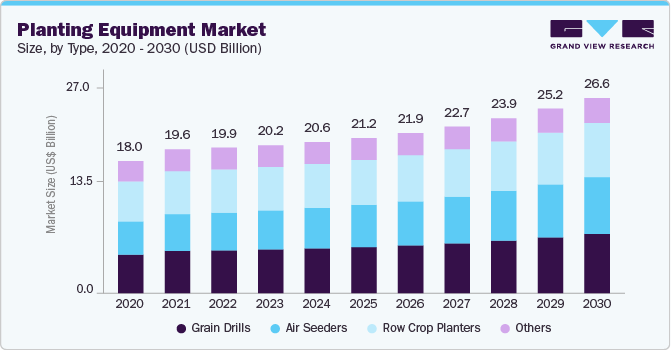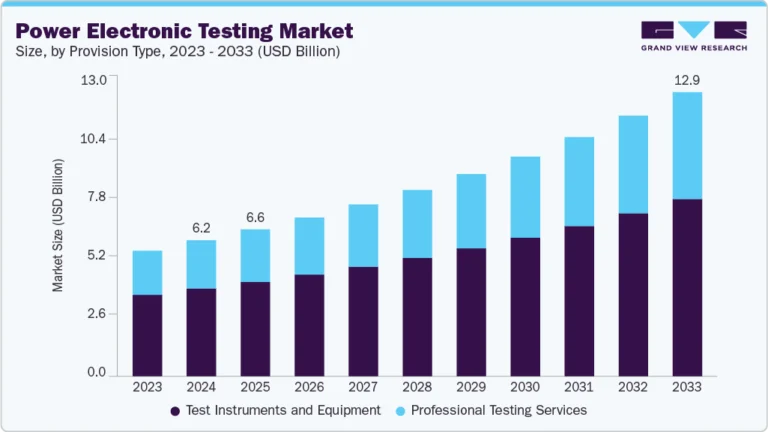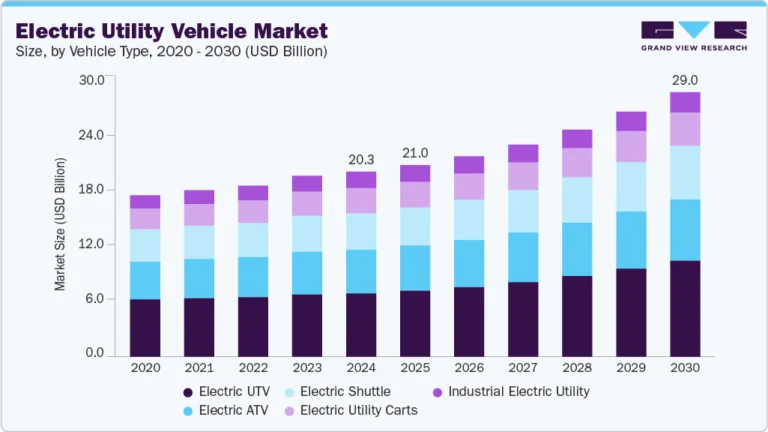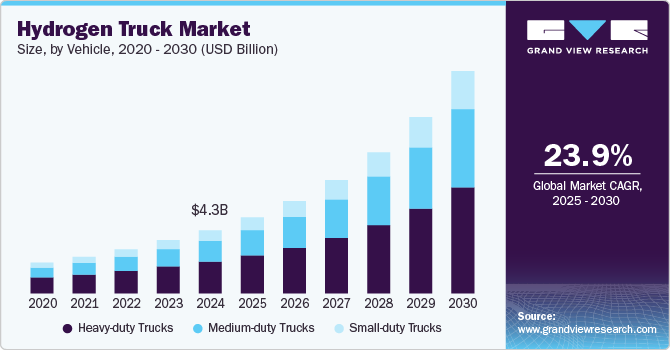Connected Logistics Market Size, Share & Trends Analysis growing at a CAGR of 14.9% from 2025 to 2030
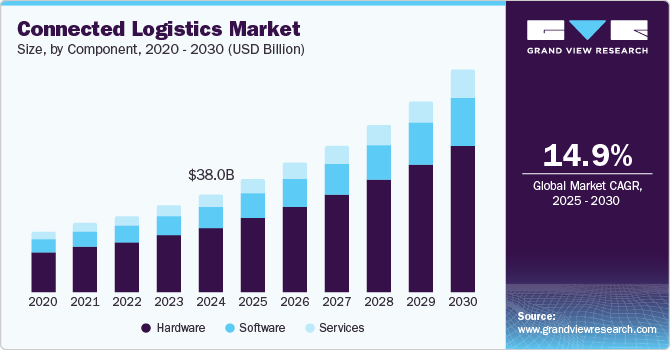
The global connected logistics market size was valued at USD 38.04 billion in 2024 and is expected to grow at a CAGR of 14.9% from 2025 to 2030. By sharing data, information, and facts with the supply chain partners, connected logistics has transformed the logistical operations to become more customer-centric. Connected logistics utilizes a network of interconnected communication systems, cloud platforms, and Internet of Things (IoT) technologies to improve the productivity of logistics operations. Furthermore, it can be characterized as a set of interconnected devices used by logistics service providers to gain more visibility into order processing, financial transactions, shipping, and other logistical processes such as warehousing, transportation, and other value-added logistics services.
Request a free sample copy or view report summary: https://www.grandviewresearch.com/industry-analysis/connected-logistics-market-report/request/rs1
Rising technological advancements and growing consumer inclination toward online shopping are some of the factors fueling the market’s growth. The growing availability of linked logistics systems with high interoperability, security, and accessibility characteristics drives the demand for these solutions. Additionally, the necessity to reduce the cost of shipping and storage services is propelling the demand for connected logistics products and solutions. The need for intelligent transportation solutions is anticipated to rise significantly. During the forecast period, it is anticipated that the improved adoption of Logistics 4.0 and ongoing work on improving autonomous logistics trucks will present lucrative opportunities for the target market. The declining cost of loT sensors and connected logistics hardware is one of the driving factors of the target market growth. However, the logistics sector’s mounting security and safety concerns limit the market’s expansion to a certain extent.
The connected logistics sector faces several difficulties, including a competitive market, rising customer demands, and a lack of standardization in the logistics sector. Still, the logistics industry is increasingly adopting cutting-edge technologies due to the requirement for better integration, increased process efficiency, real-time reporting, more visibility, and improved communications. The potential for connected logistics is undeniable as new vehicles are equipped with fleet telematics, a technology made possible by cellular IoT connectivity that gives fleet management and operators access to data from the multiple onboard sensors. Although cellular IoT connections are expanding fast, their full potential still needs to be explored.
The Internet of Things connects people and devices across networks, enhancing security, disaster preparedness, and route planning. To manage transportation visibility, logistics organizations need IoT solutions for location & route management, which support real-time position tracking. As per a report published by LM Ericsson in 2021, IoT connections are projected to increase from 100 million in 2020 to 292 million in 2030 in the transportation sector alone as linked devices collect more data, thereby fostering growth with analytics solutions.

